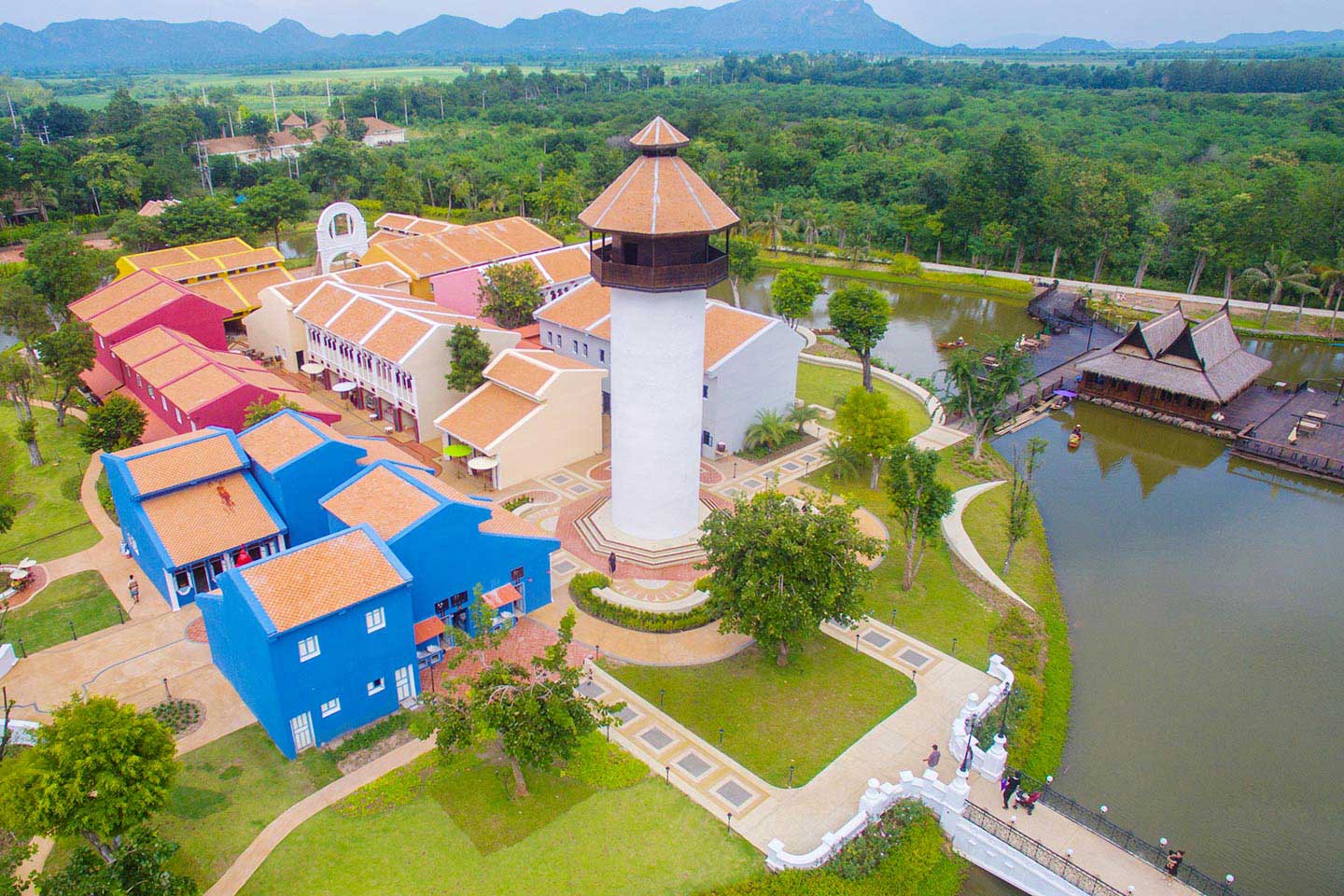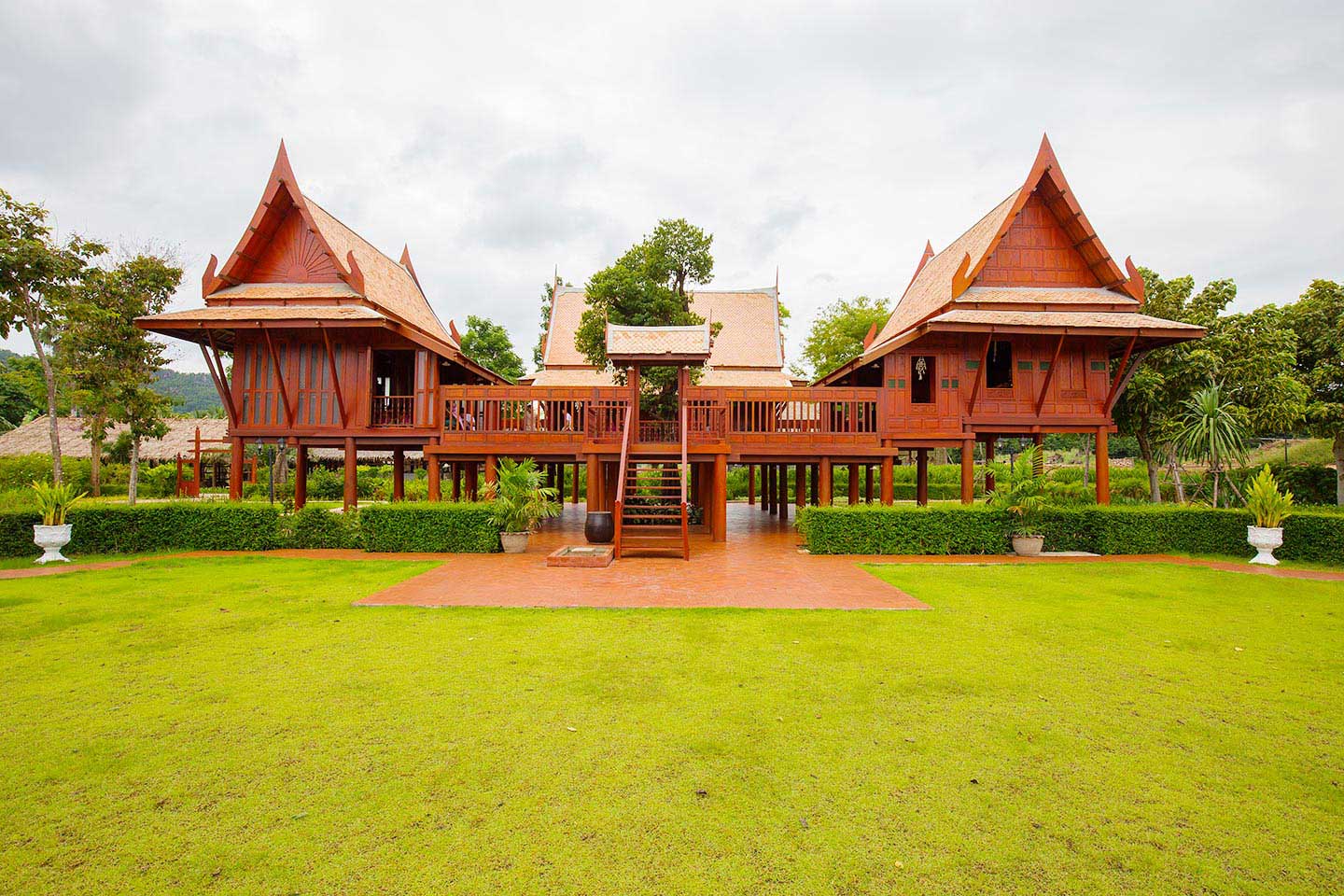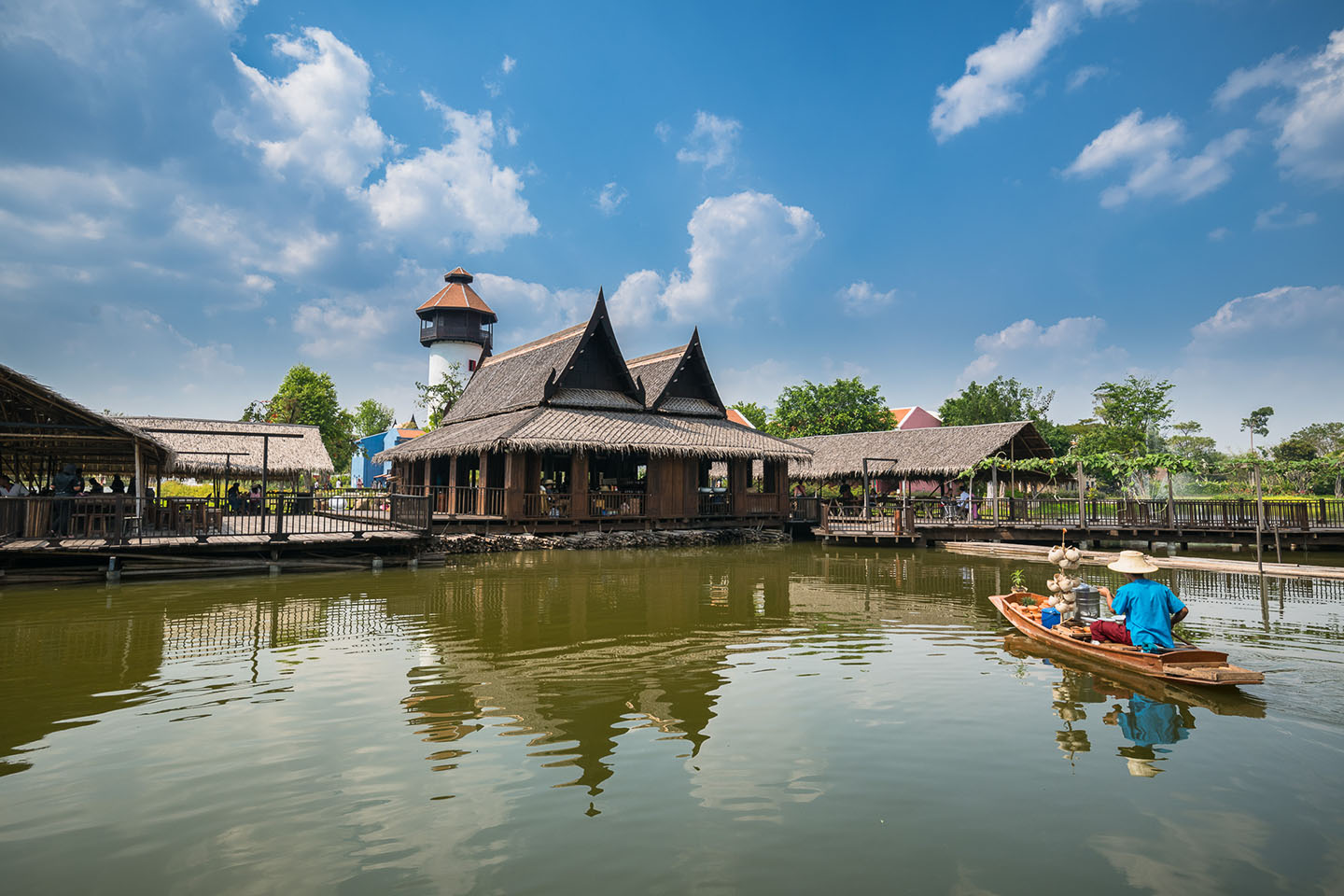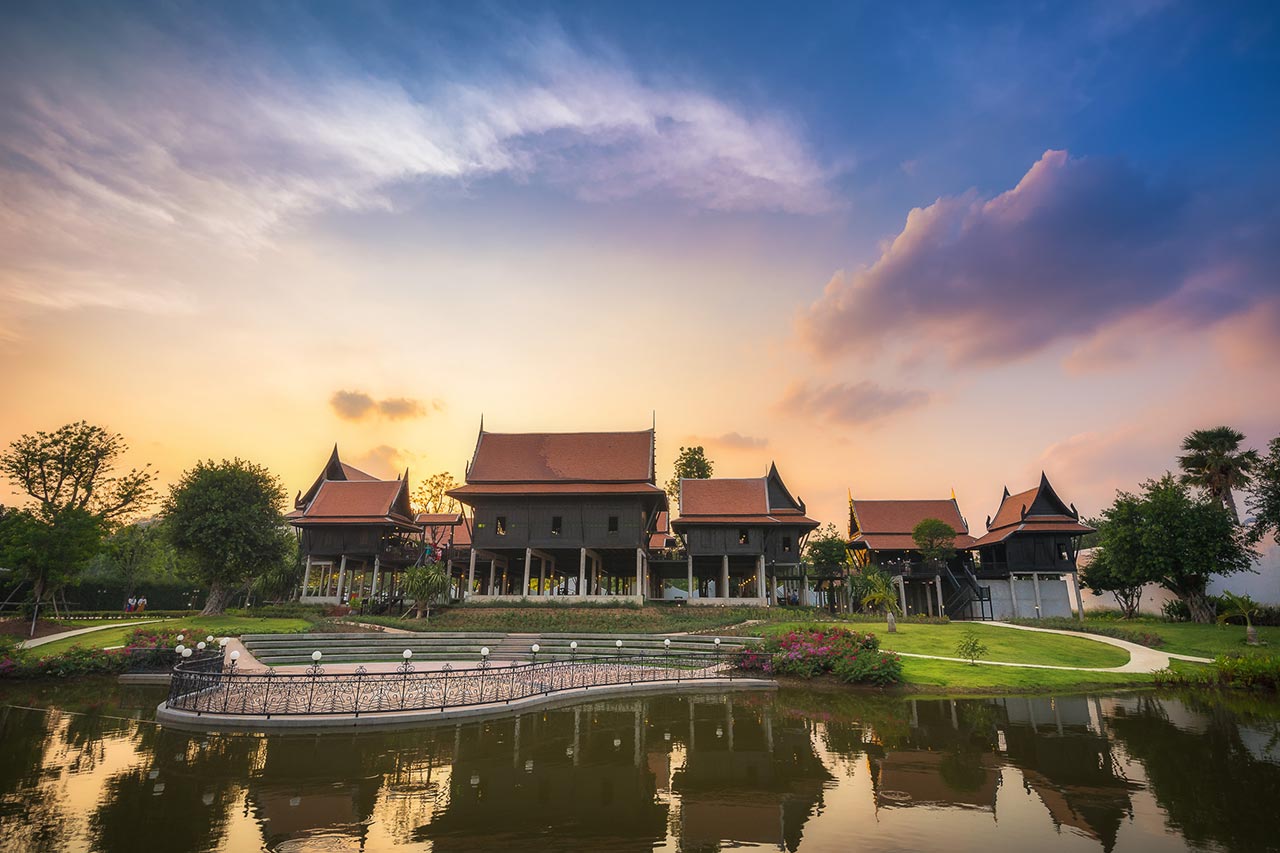Prange Phutorn Road received its name from the name of HRH Prince ThaweeThawalai (later named as HRH Prince PhutornThamrongsak), the origin of the royal family surname Thaweewong. He was the son of King Mongkut and the royal concubine Talab. He served as Commander in Chief of Metropolitan Ministry. His residence was at the corner of Si Kak Sao Ching Cha intersection, on Baan Tanao Road. After his death in 1894, the palace was sold to King Rama V. His Majesty graciously ordered the build of a townhouse and cut a road through the palace, named after the former owner, Prange Phutorn.
Prange Sappasart Road received its name from HRH Prince Thongtamtawanlayawong (later named as HRH Prince Sappasarttrasupakit), the origin of the royal family surname Thongtam. He was a son of King Mongkut and royal concubine Sangwan. He served as royal page, chief of department. He resided at the palace on Baan Tanao Road next to that of HRH Prince NarathipPrapanpong. After his death, his heir sold the palace area to private. The palace itself was demolished to construct commercial buildings and the road that cut through the palace was named after the former owner, Prange Sappasart.
Bangrak is a major commercial district with many modern shops. In Yaowarat area, where the Overseas Chinese live, living and eating cultures are especially interesting with all exotic delicious Chinese food unseen in those days, such as Kao SeahPoh (rice topped with 12 kinds of meat).








